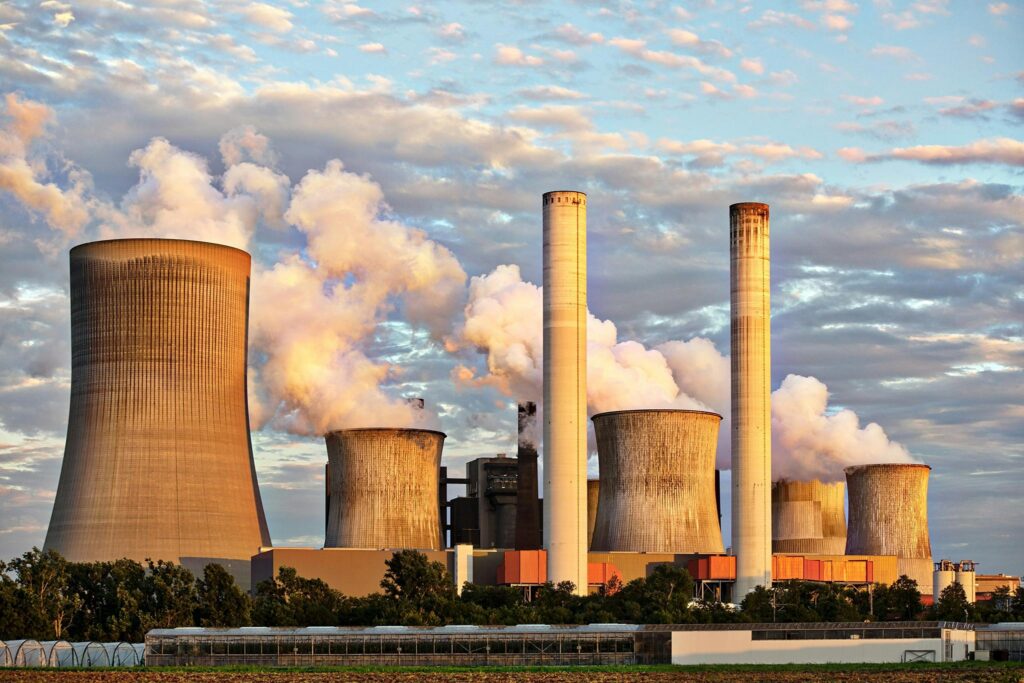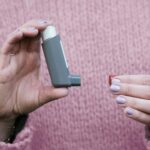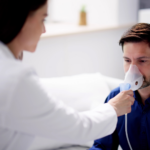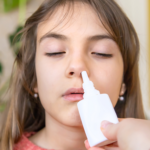Air pollution has become one of the leading environmental threats worldwide, with severe consequences for respiratory health. For individuals with asthma, exposure to polluted air can be particularly harmful, triggering symptoms and even causing the onset of the disease in some cases. In this blog, we will explore how air pollution acts as an asthma trigger, its role in causing asthma, and steps to minimize exposure.
How Air Pollution Triggers Asthma?
Asthma is a chronic respiratory condition characterized by inflammation and narrowing of the airways. Exposure to air pollutants can exacerbate these symptoms by causing irritation and inflammation in the lungs. Common pollutants that can trigger asthma include:
- Particulate Matter (PM2.5 and PM10): These tiny particles, often from vehicle emissions, industrial activities, and construction dust, can penetrate deep into the lungs and worsen asthma symptoms.
- Ozone (O3): Found in smog, ozone irritates the airways and can lead to increased asthma attacks, particularly in urban areas with heavy traffic.
- Nitrogen Dioxide (NO2): Emitted by vehicles and industrial sources, NO2 is known to cause airway inflammation and worsen asthma symptoms.
- Sulfur Dioxide (SO2): Produced by burning fossil fuels, SO2 can cause breathing difficulties and trigger asthma attacks.
- Volatile Organic Compounds (VOCs): Found in household products, paints, and vehicle emissions, VOCs contribute to indoor and outdoor air pollution, making asthma symptoms worse.
Can Air Pollution Cause Asthma?
While asthma has genetic and environmental risk factors, air pollution is increasingly recognized as a major contributor to the development of the disease. Studies have shown that long-term exposure to polluted air can lead to:
- Increased risk of asthma in children: Children growing up in areas with high pollution levels are more likely to develop asthma due to prolonged exposure to harmful pollutants.
- Worsening of lung function: Continuous inhalation of polluted air can impair lung growth and function, making individuals more susceptible to respiratory diseases like asthma.
- Higher prevalence of asthma in urban areas: Cities with high pollution levels report a greater number of asthma cases, highlighting the link between air quality and respiratory health.
Protecting Yourself from Air Pollution
While it may not be possible to eliminate exposure to air pollution entirely, there are several measures individuals with asthma can take to reduce their risk:
- Monitor Air Quality: Use air quality index (AQI) apps or websites to check pollution levels before stepping outdoors.
- Stay Indoors During High Pollution Days: Limit outdoor activities, especially during peak traffic hours and days when air pollution levels are high.
- Use Air Purifiers: Investing in a good air purifier can help reduce indoor pollutants and improve indoor air quality.
- Wear a Mask: High-quality masks, such as N95 or N99, can help filter out pollutants when traveling in highly polluted areas.
- Reduce Indoor Pollutants: Avoid smoking indoors, minimize the use of chemical-based household products, and ensure proper ventilation.
- Advocate for Cleaner Air: Support policies and initiatives aimed at reducing air pollution, such as promoting public transport, reducing industrial emissions, and increasing green spaces.
Conclusion
Air pollution poses a significant risk to individuals with asthma, acting both as a trigger and a potential cause of the disease. By taking proactive steps to reduce exposure and advocating for cleaner air, we can help create a healthier environment for everyone. Managing asthma in a polluted world is challenging, but with awareness and preventive measures, individuals can better protect their respiratory health.
If you or a loved one suffers from asthma, staying informed about air quality and taking necessary precautions can make a huge difference. Let’s work together towards cleaner air and healthier lungs!
